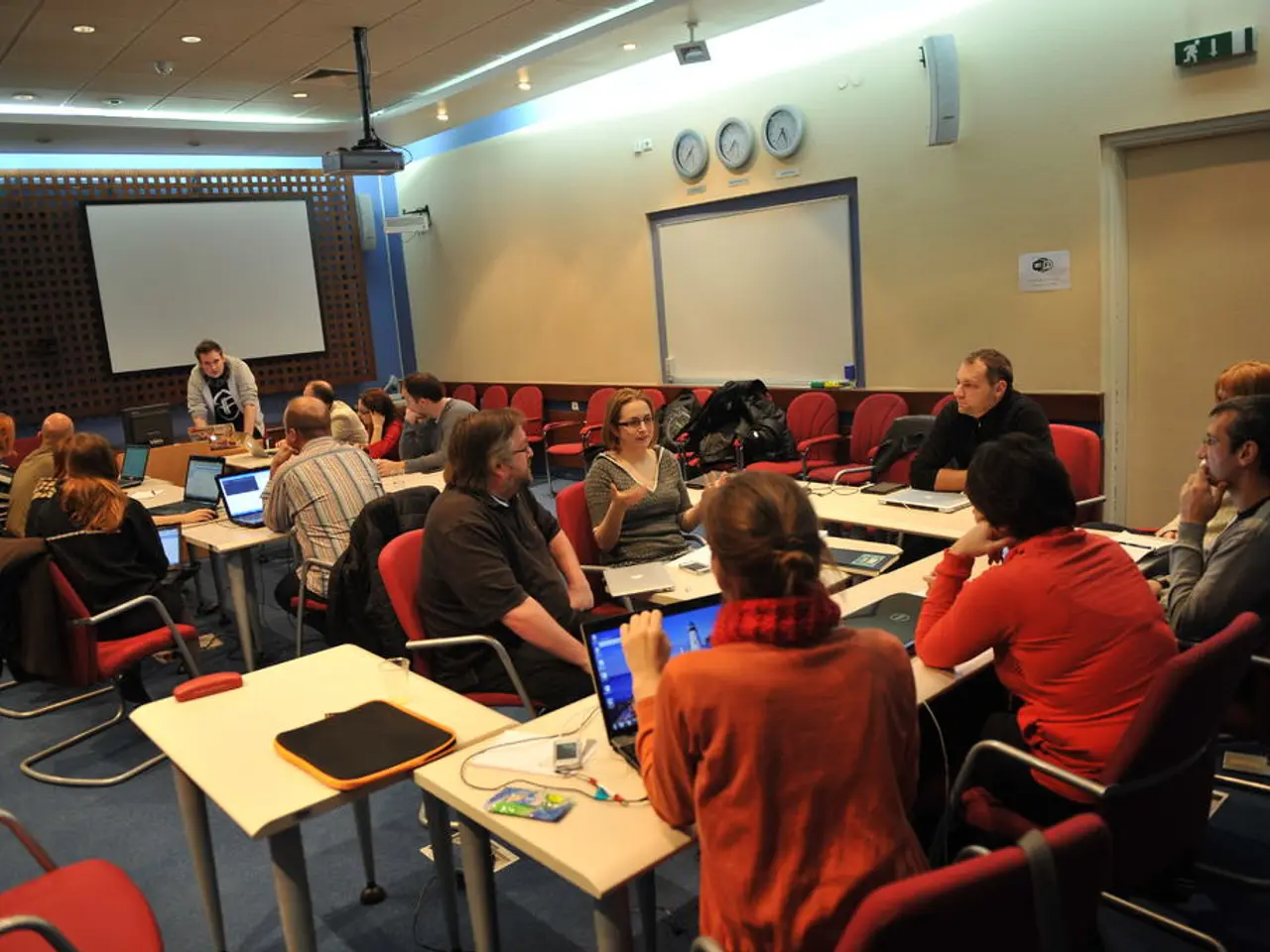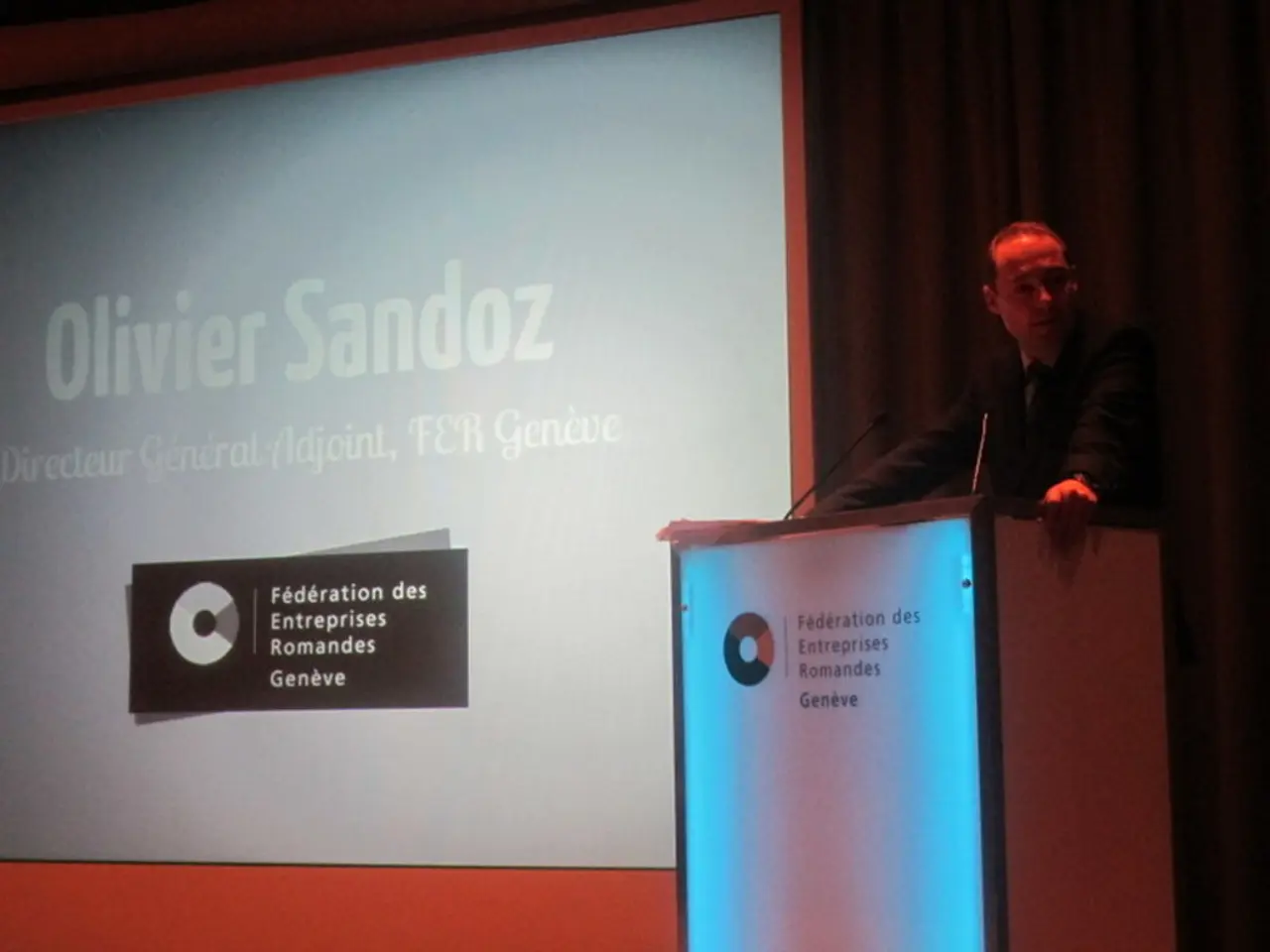Differing Approaches: Women's Versus Men's Focus in Multitasking
In a groundbreaking exploration of cognitive differences between genders, Alison Armstrong has highlighted that women tend to have a multitasking thinking style, managing multiple relational and contextual factors simultaneously. Conversely, men typically exhibit a single-focused thinking style, concentrating deeply on one issue at a time [1].
This distinction, Armstrong explains, significantly influences communication and interaction patterns in personal relationships, workplace teams, and wider communities. Women's multitasking ability allows them to navigate complex social and emotional dynamics more fluidly. They can balance various relational cues and needs at once, making them adept at managing interconnected social environments [1]. On the other hand, men's single-focused approach often leads them to prioritize specific goals or tasks, sometimes at the expense of attending to the broader web of social or emotional signals. This contrast can complicate interpersonal communication, leading to misunderstandings or mismatched expectations within collaboration and partnerships [1].
Armstrong's insights suggest that understanding these cognitive differences can help foster more harmonious and effective interactions. Recognizing that men and women process information differently encourages more empathy, better communication strategies, and more cohesive teamwork by leveraging the strengths of each thinking style [1].
Armstrong encourages men to recognize and respect women's ability to juggle many responsibilities. Historically, women's roles as gatherers, caregivers, and community builders required them to excel at multitasking. In group dynamics, tasks can be distributed effectively by assigning multitasking roles to those who thrive in them and single-focus tasks to those who excel in concentration [1].
Collaboration in partnerships or teams can be enhanced by utilizing women's multitasking to broadly cover needs and men's focus to drive progress in specific areas. However, it's essential to remember that these tendencies are not rules. Acknowledging exceptions ensures a more comprehensive understanding of human potential.
By understanding and honoring these differences, we can create stronger relationships and more effective collaborations. Open communication can bridge misunderstandings, such as when single-focused individuals might seem unresponsive or multitaskers appear scattered. Men's evolutionary role as hunters and protectors required deep concentration on singular tasks, while women's roles as caregivers necessitated a broader, more multifaceted approach.
Leveraging these strengths to create balance and collaboration in both relationships and society is essential for harmony. Men's focus allows them to bring a laser-like intensity to problem-solving and decision-making. Women, on the other hand, often see the bigger picture and anticipate needs, making them adept at switching between tasks.
Embracing exceptions and adapting to individual strengths, regardless of gender, ensures a more inclusive understanding of human potential. Not everyone conforms to these patterns; many people exhibit a blend of multitasking and single-focused tendencies. Acknowledging and valuing these differences can reduce misunderstandings and foster mutual respect.
In conclusion, Armstrong's work emphasizes how understanding these differences can improve communication and relationships. The key to harmony lies in appreciating each person's unique approach and leveraging these strengths to create balance and collaboration in both relationships and society.
Therapists may find it beneficial to incorporate Alison Armstrong's insights into cognitive differences between genders in their education-and-self-development programs, as they could help individuals better understand their own thinking styles and improve relationships.
The ability of women to multitask can be effectively utilized within a community or team setting, where prioritizing various relational cues and needs simultaneously can promote harmonious interactions and cohesive teamwork.
As more people become aware of these cognitive differences, they can strive towards creating relationships and collaborations that value each person's unique thinking style, thereby fostering mutual respect and promoting efficiency in communication and problem-solving.




